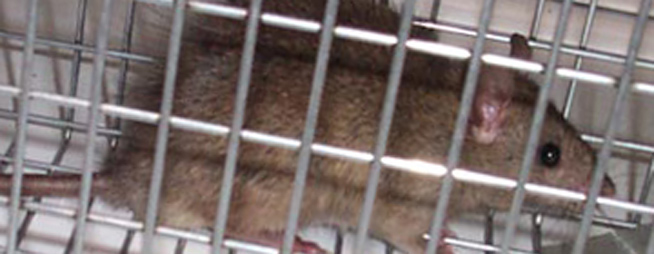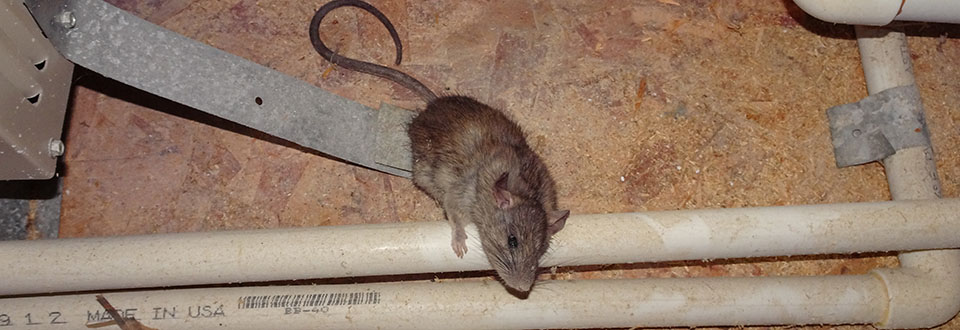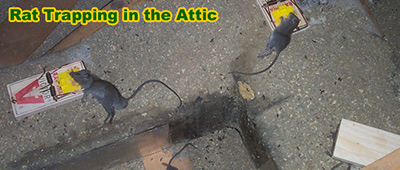You would think that rats didn't have any bones at all, with the way that they can squeeze through even the tiniest gaps with relative ease. Fat mice and rats getting stuck in holes is left to the comics and animated movie series, their bodies much better equipped to deal with small spaces than we like to admit. That's what makes them so dangerous to your home. They just need the space about a third of an inch in diameter to squeeze through, bones and all.

In the wild these are animals that would naturally burrow, fitting their bodies through small underground holes. This is why they are so good at fitting in those gaps next to the pipework in your home, or in gaps of brickwork where the chimney joins the rest of the home, for example.
How do they know whether or not they will fit through a gap? Well, it's all in the whiskers. they use these long strands to figure out whether or not they can get through, and that's why you won't ever find a rat mouse or rat stuck in a hole. They're much smarter than that. If the whiskers say they won't fit, they won't even attempt it. They'll gnaw and chew to try and make the hole bigger, or they'll move on to another one that they CAN squeeze through. They are relentless at it too!

Rats are notorious for being able to squeeze into the tiniest of gaps and holes. These little rodents can cause a lot of problems for homeowners, and oftentimes, it can be exasperating to prevent them. They can find their way into your home, shed, or garage in many different areas because of their ability to get into tight places. How can they do this so well? Don’t they have bones that would not allow them to? Continue reading this article to find out the answers to these questions.
Rat Anatomy
Most people know that rats have bones. What they do not know is that rats do not have collar bones. Collar bones are usually the bones that prevent other animals from being able to squeeze into small spaces. Collar bones are not flexible and give too much resistance to most animals, which denies them access to these tiny spaces. Rats don’t have collar bones, so this gets rid of one of the biggest obstacles faced when trying to squeeze into places.
In addition to their lack of collar bones, rats are designed with tunneling in mind. Their long bodies that are both flexible and cylindrical allow them to squeeze through almost anything. They wriggle and almost “flow” their way through spaces, as they bend and contort their muscles and bones to give them clearance. On top of this unique, cylindrical anatomy, rats have very strong legs that lend themselves well to wriggling into small spaces. As can be seen, every bit of the rat’s anatomy has been optimized to allow for easy access into tunnels, holes, gaps, and as a consequence, houses.
How Small?
Considering the size of a rat, you would think there would have to at least be a reasonably sized hole for them to get through. This is not the case. In fact, rats can squeeze through a hole the size of a quarter! Mice can squeeze through holes only a quarter of an inch in diameter! Needless to say, this is terrible news for homeowners, as even a tiny hole can allow these little rodents in.
The Process
There is a process that all rats use to determine whether or not they can squeeze through a hole. They will actually come up to a hole and use their whiskers and nose to decide if they can make it or not. They have learned from experience since they were born about what size of holes they can fit through. Once they have determined whether or not they can make it, they will quickly wriggle their body through, pushing with their strong back legs until they have made it.
Now that you know how rats fit through such small holes, you can see why it is so important to make sure your home is protected from rats. While they still have bones, these rats rely on their anatomical structure to allow them to enter the craziest of places, making them a major nuisance for people all around the world.








